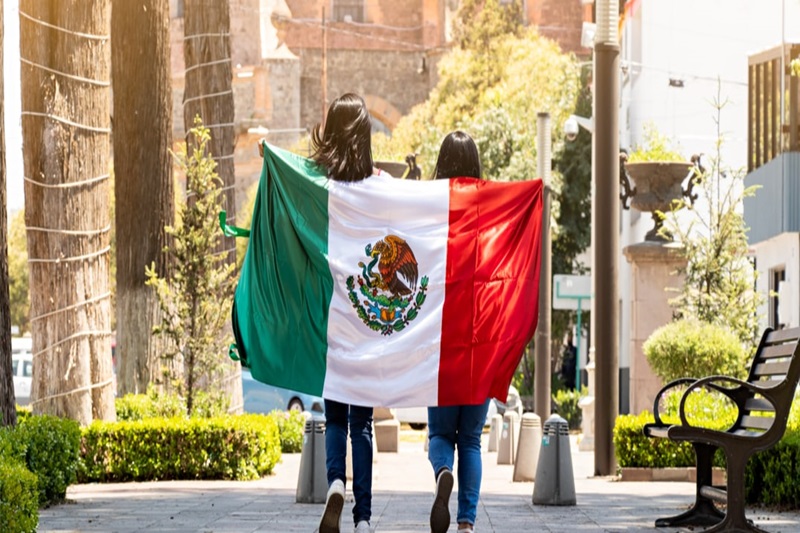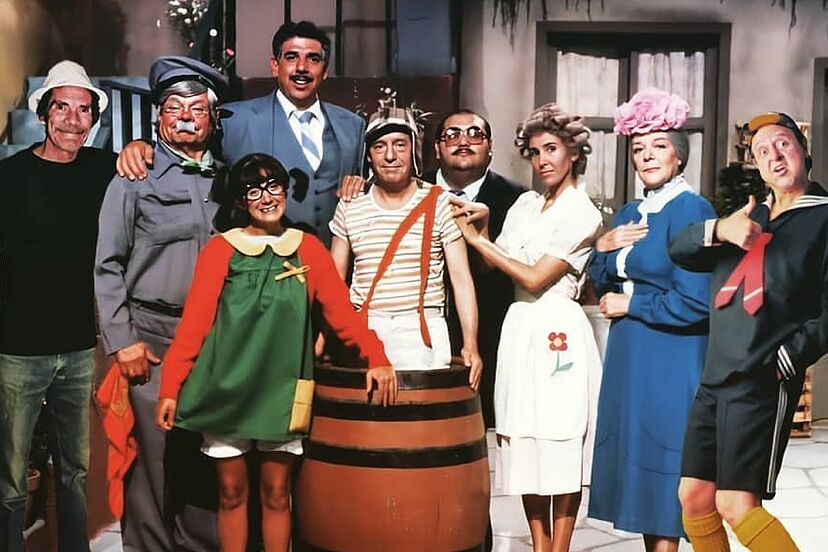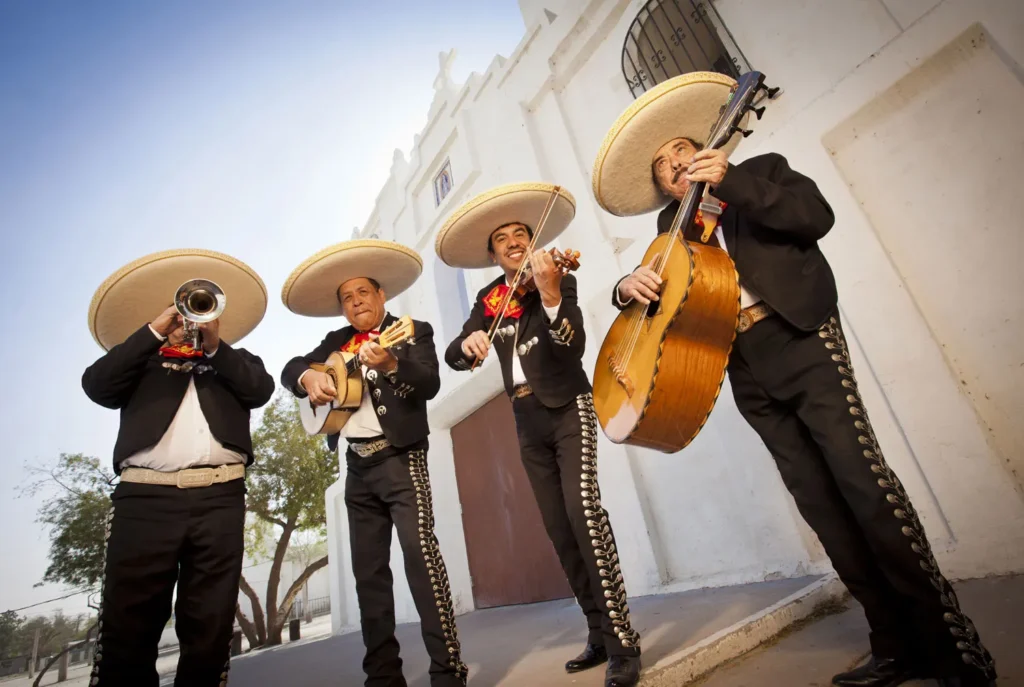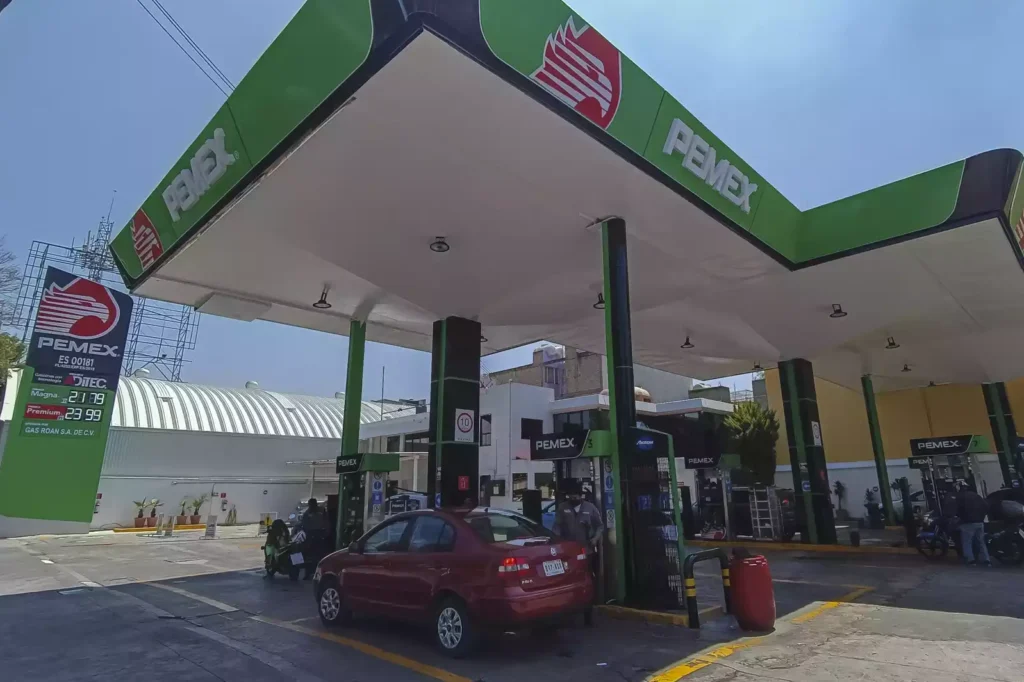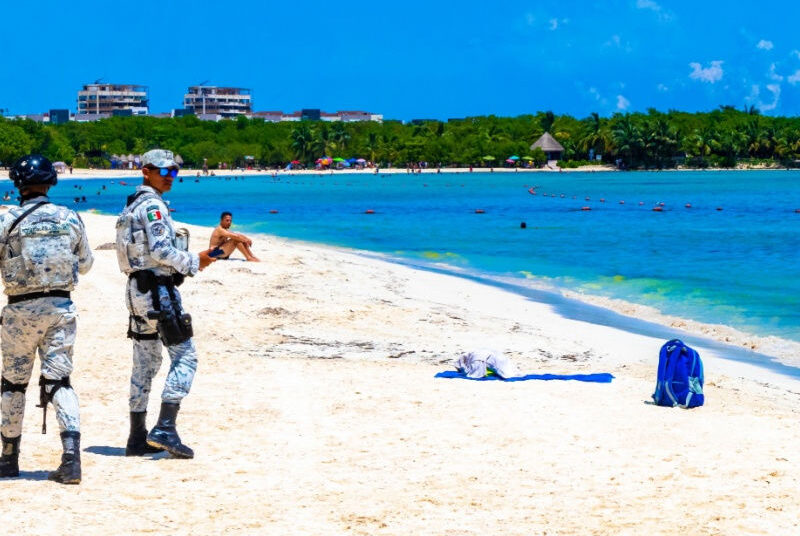Are There Crocodiles in Mexico? Everything You Need to Know

Are There Crocodiles in Mexico? Everything You Need to Know
Have you ever wondered, “Are there crocodiles in Mexico?” The answer is yes. Mexico is home to two primary species of crocodiles: the American Crocodile and Morelet’s Crocodile. These fascinating reptiles play a significant role in maintaining the balance of Mexico’s diverse ecosystems. Found in various habitats, from coastal regions to freshwater bodies, these crocodiles are a crucial part of the country’s natural heritage. Understanding their presence, habitats, and safety tips is essential for anyone looking to explore Mexico’s wildlife.
The American Crocodile (Crocodylus acutus) is more commonly found in the coastal regions of Mexico, particularly in the Yucatán Peninsula, Sinaloa, and Chiapas. Meanwhile, Morelet’s Crocodile (Crocodylus moreletii) inhabits freshwater environments such as rivers, lakes, and swamps, primarily in the Gulf of Mexico’s coastal areas and inland waters.
Both species are vital for the ecosystems they inhabit, controlling populations of fish and other prey, and helping to maintain the health of their habitats. For those interested in observing these majestic creatures, it’s important to be aware of safety measures and respect their natural environment to ensure a safe and enriching experience. For more information, visit Today Lat.
Types of Crocodiles in Mexico
American Crocodile
The American Crocodile (Crocodylus acutus) is a formidable species known for its preference for brackish and saltwater habitats. These crocodiles are typically found in coastal regions, including estuaries, lagoons, and mangrove swamps. In Mexico, the American Crocodile is commonly spotted in the Yucatán Peninsula, Sinaloa, and Chiapas.
Physically, the American Crocodile can grow quite large, with males reaching lengths of up to 20 feet, although the average size is around 13-16 feet. They have a V-shaped snout, grayish-green coloration, and a powerful tail used for swimming. This species is more tolerant of saltwater than most crocodiles, allowing it to thrive in diverse aquatic environments. Despite their size, American Crocodiles are generally shy and tend to avoid humans, but caution is always advised when in their habitat.

Morelet’s Crocodile
Morelet’s Crocodile (Crocodylus moreletii), also known as the Mexican Crocodile, prefers freshwater environments such as rivers, lakes, and swamps. These habitats are commonly found along the Gulf of Mexico’s coastal areas and extend into the interior regions of Mexico.
Compared to the American Crocodile, Morelet’s Crocodile is smaller, with adults typically reaching lengths of 9-14 feet. They are distinguished by their broader snout and darker coloration. Morelet’s Crocodiles are generally less aggressive and pose a lower threat to humans, making them an interesting subject of study and observation for those interested in Mexico’s wildlife. This species is crucial for maintaining the ecological balance in freshwater ecosystems by regulating prey populations and contributing to the health of their habitats.

Habitats and Locations
Yucatán Peninsula
The Yucatán Peninsula is a hotspot for crocodile populations, particularly within its extensive mangroves and estuaries. This region provides an ideal habitat for the American Crocodile, thanks to its brackish waters and abundant prey. Two key locations in the Yucatán Peninsula where crocodiles are prevalent include the Celestún Biosphere Reserve and the Ría Lagartos Biosphere Reserve. These protected areas offer a rich diversity of flora and fauna, creating a balanced ecosystem that supports the thriving crocodile populations. Visitors to these reserves can enjoy bird watching, boating, and guided tours that often include opportunities to spot these magnificent reptiles in their natural habitats.
Banco Chinchorro Biosphere Reserve
Banco Chinchorro Biosphere Reserve is another significant habitat for crocodiles in Mexico. Located off the coast of Quintana Roo, this atoll is the largest of its kind in the Northern Hemisphere and is renowned for its pristine marine environments. The reserve serves as an important conservation area, providing refuge for a variety of marine life, including the American Crocodile. Banco Chinchorro offers unique opportunities for observing crocodiles, particularly in its lagoons and mangrove swamps. Conservation efforts here focus on protecting the delicate ecosystems while allowing for sustainable eco-tourism activities, such as snorkeling, diving, and guided wildlife tours, providing visitors with an unforgettable experience of Mexico’s natural beauty.
La Ventanilla, Oaxaca
La Ventanilla, located on the coast of Oaxaca, is well-known for its crocodile conservation efforts and eco-tourism initiatives. This coastal village features a lagoon that serves as a critical habitat for Morelet’s Crocodile. The local community has established guided boat tours that allow visitors to observe these crocodiles in their natural environment while learning about ongoing conservation projects. These tours not only offer a chance to see crocodiles up close but also educate the public about the importance of preserving these ecosystems. La Ventanilla’s efforts have made it a model for community-based conservation and sustainable tourism in Mexico.
Safety Tips for Observing Crocodiles
Maintaining Distance
When observing crocodiles, maintaining a safe distance is crucial to ensure both your safety and the well-being of the crocodiles. Crocodiles can be unpredictable and may feel threatened if approached too closely, leading to aggressive behavior. To avoid provoking these powerful reptiles, it’s best to observe them from a distance. Using binoculars or cameras with zoom lenses allows for a closer look without compromising safety. This not only provides a safer experience but also minimizes disturbance to the crocodiles in their natural habitat.
Being Alert Near Water
Caution is essential when near water bodies such as lakes, rivers, and coastal areas where crocodiles are known to inhabit. Crocodiles can be difficult to spot as they often remain submerged with only their eyes and nostrils visible. Therefore, always stay alert and be aware of your surroundings. Follow local safety guidelines and heed any posted signs that indicate the presence of crocodiles. These signs are there for your protection and can provide valuable information on how to safely navigate areas where crocodiles may be present.
Avoiding Swimming in Crocodile Habitats
Swimming in areas known to have crocodile populations is highly discouraged. Crocodiles are apex predators and are capable of powerful and swift movements in water, making them extremely dangerous to humans. Even in areas where crocodiles are less commonly seen, it’s best to err on the side of caution. Instead, choose designated swimming areas that are known to be safe and free from crocodile presence. By avoiding swimming in crocodile habitats, you significantly reduce the risk of a dangerous encounter, ensuring a safer experience for both you and the crocodiles.
What to Do in Case of a Crocodile Encounter
Staying Calm and Moving Slowly
If you find yourself in close proximity to a crocodile, the most important thing to do is to stay calm. Panic can lead to rash decisions, which might provoke the crocodile. Instead, slowly and cautiously move away from the crocodile, maintaining eye contact to ensure you are aware of its movements. Do not turn your back on the crocodile or run, as sudden movements can trigger an attack. Making noise can be beneficial as it alerts others to the presence of a crocodile and might scare the crocodile away. However, avoid loud or sudden noises that could startle it.
Seeking Immediate Medical Attention
In the unfortunate event of a crocodile attack, seeking immediate medical attention is crucial, even for minor injuries. Crocodile bites can cause severe tissue damage and are prone to infection due to the bacteria present in their mouths. Immediate professional medical treatment is necessary to properly clean and dress the wounds, administer antibiotics, and prevent complications. Prompt medical attention can be life-saving and significantly improve the chances of a full recovery.
Ecological Importance of Crocodiles
Role in the Ecosystem
Crocodiles play a vital role in maintaining the ecological balance of their habitats. As apex predators, they are at the top of the food chain and have a significant impact on the populations of various species, particularly fish. By controlling fish populations, crocodiles help prevent overpopulation, which can lead to depleted resources and unhealthy ecosystems. Their predation ensures that fish populations remain diverse and balanced, supporting the overall health of the aquatic environments.
Additionally, crocodiles contribute to the ecosystem by cleaning up carcasses. As scavengers, they consume dead animals, which helps prevent the spread of diseases and keeps water bodies clean. This natural cleaning service is crucial for maintaining the health and hygiene of their habitats.

Contribution to Biodiversity
Crocodiles are also important for the biodiversity of their ecosystems. Their presence supports a variety of other species by maintaining the structure of the food web. For instance, the nesting sites of crocodiles create habitats for other wildlife, and their nesting behavior can enhance nutrient cycling in aquatic and terrestrial environments. The burrows and depressions they create can hold water and provide essential resources during dry periods, benefiting other animals and plants.
The conservation of crocodiles is therefore essential for the preservation of biodiversity and the stability of ecosystems. Protecting these reptiles helps ensure the continued health and functionality of the environments they inhabit, making crocodiles a key component of Mexico’s rich natural heritage.

